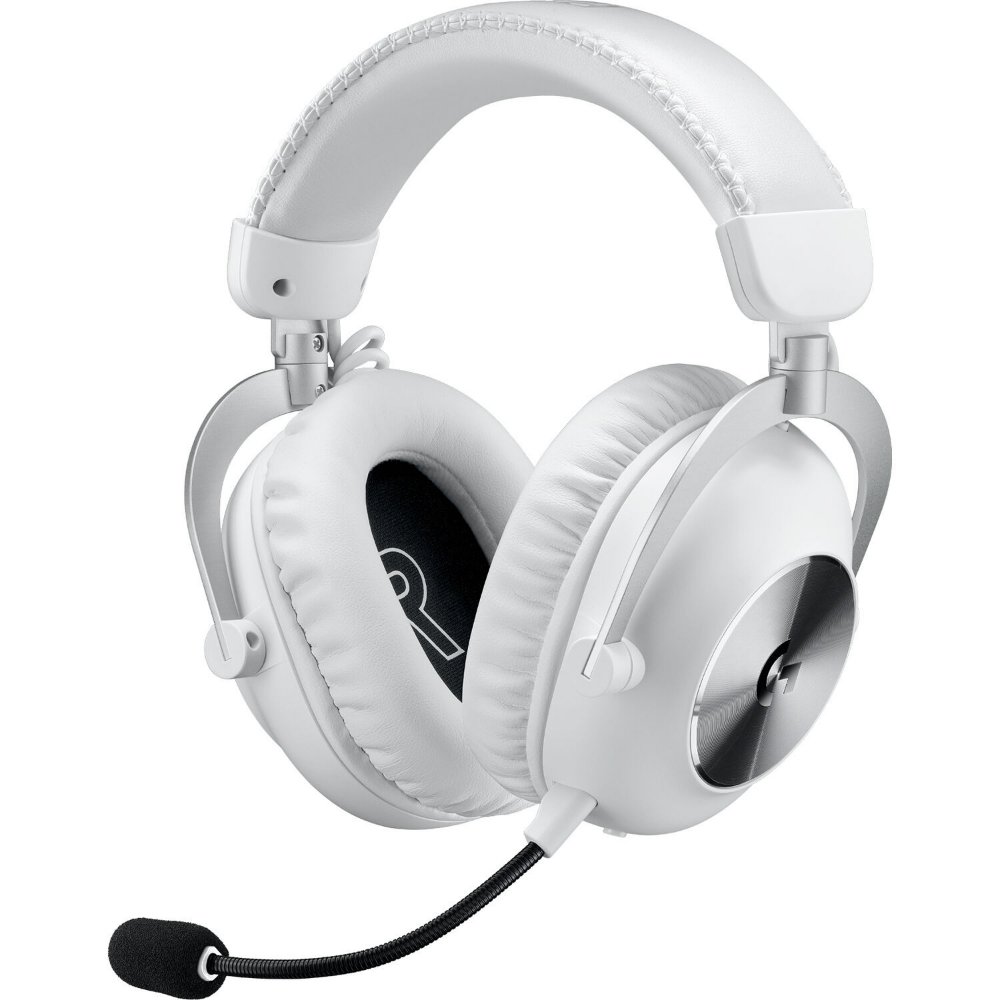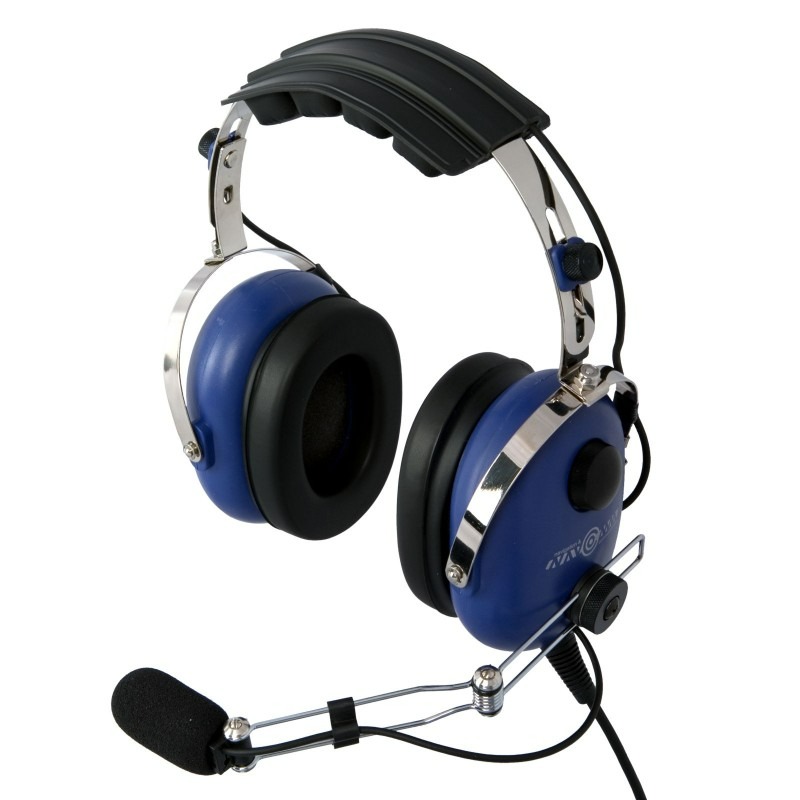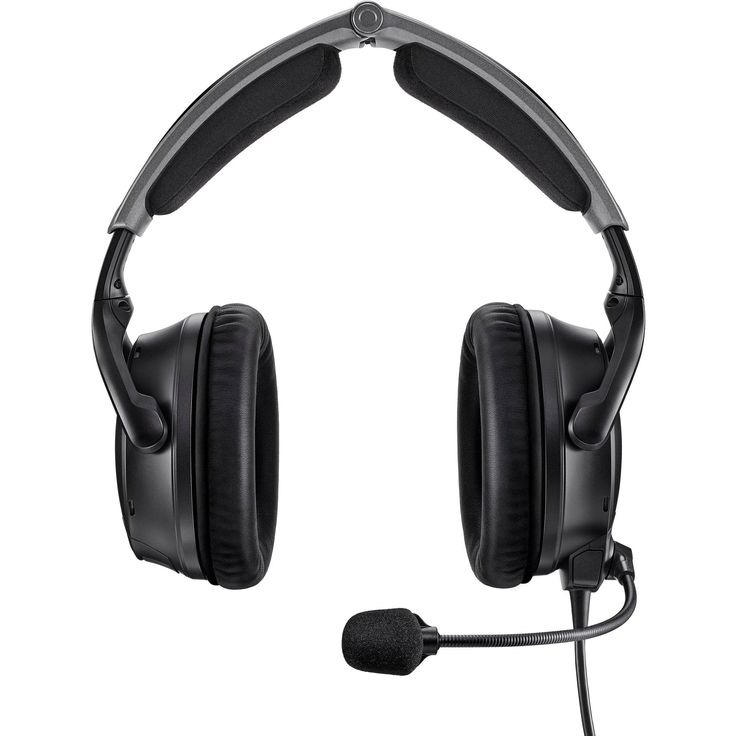Introduction to Flight Headsets
Flight headsets are essential for pilots. They ease communication and lessen noise. Have you ever wondered how to pick the right ones? With many types and brands, it’s not easy.
Key to a good choice is knowing the features that matter. Look for noise reduction technology, comfort, audio quality, and durability. These factors affect performance and user experience. A proper fit is vital too.
Whether for professional or private flying, the right headset can change your flight experience. It can increase safety by clear communication. It can also make flying more enjoyable.
In this guide, we’ll explore key features, types of headsets, and additional considerations. Whether on a budget or looking for premium options, you’ll find help here.

Key Features to Look for in a Flight Headset
Selecting the right flight headset involves examining several key features. Here, we discuss the most critical aspects to consider for the best flying experience.
Noise Reduction Technology
Noise reduction is crucial in flight headsets. Loud cockpit noise can lead to pilot fatigue. A good headset will use advanced noise reduction technology. This ensures clear communication. It also protects hearing. Look for Active Noise Reduction (ANR) technology for the best results.
Comfort & Fit
Long flights require comfortable headsets. A tight headset causes discomfort. A loose one might not be effective. Look for adjustable headbands and cushioned ear cups. Good padding and a secure fit are important for comfort during long hours in the cockpit.
Audio Quality
Clear audio is key for communication. A headset with poor audio can miss critical information. Look for headsets with high-quality speakers. They should provide crisp and clear sound even amidst loud cockpit noise. This will help maintain effective communication with air traffic control.
Durability and Build Quality
A quality headset is an investment. It should withstand the rigors of flying. Durability means less frequent replacements. Check materials and build quality. A robust design with quality materials will ensure that the headset lasts through many flights.
Types of Flight Headsets
When shopping for flight headsets, you’ll come across two main types: Passive Noise Reduction (PNR) and Active Noise Reduction (ANR). Both have distinct features and benefits. Understanding these can lead to a better choice for your flying needs.
Passive Noise Reduction (PNR) Headsets
PNR headsets block out sound using physical materials. These materials absorb or deflect sound waves. Think of PNR headsets as a strong barrier between your ears and ambient noise. The key advantage of PNR headsets is their simplicity and reliability. They don’t rely on electronics, so there’s no need for batteries or power sources. PNR headsets are often cheaper than ANR types. They are a good choice for pilots on a budget, or for those who fly less frequently.
Active Noise Reduction (ANR) Headsets
ANR headsets use advanced technology to cancel out cockpit noise. They have microphones that pick up ambient sound. Then, they create ‘anti-noise’ sound waves to neutralize it. ANR headsets need power, often from batteries or aircraft power sources. They offer superior noise reduction compared to PNR headsets. This makes ANR headsets ideal for frequent flyers or those flying in louder environments. They can be more expensive, but many pilots find the investment worthwhile for the enhanced comfort and noise reduction.

The Importance of a Proper Fit
A proper fit is critical when selecting flight headsets. It can greatly impact both the comfort and effectiveness of your headset during flight. Flight headsets designed with an improper fit can cause discomfort, distraction, and even disrupt communication. Here are a few reasons why a proper fit is essential in flight headsets.
- Avoids Discomfort: Headsets that are too tight can cause headaches and discomfort. Meanwhile, ones that are loose may not stay in place, causing irritation.
- Ensures Effective Noise Reduction: For noise reduction features to work as intended, [flight headsets] must seal well around your ears. A poor fit allows noise to leak in, reducing effectiveness.
- Clear Communication: A headset that fits well will keep the microphone positioned correctly. This ensures clear communication with air traffic control and crew members.
- Stability During Movement: In turbulent conditions or when looking around, a well-fitted headset will remain stable and maintain noise reduction.
Remember to check the adjustability of the headband and ear cups. Seek out [flight headsets] with ample padding for extended comfort. Lastly, whenever possible, test headsets before buying to ensure a good fit tailored to your needs.
Additional Considerations
When choosing the right flight headsets, there’s more than just noise reduction and comfort. You must consider other factors too. These will ensure you get the most out of your purchase.
Battery Life and Power Options
For ANR headsets, power is key. You want a headset that lasts through long flights. Look for models with long battery life. Some headsets have rechargeable batteries. These can be more cost-effective in the long run. It’s also good to have a headset that can connect to the aircraft’s power. This way, you’re never caught off guard by a dead battery.
Connectivity Options
Modern headsets offer various connectivity features. Bluetooth capability is handy. It lets you connect to devices for music or calls. Some headsets have auxiliary inputs for audio devices. Look for these options if connectivity is important to you.
Price Range and Budgeting
Flight headsets come in a range of prices. Set a budget before shopping. Remember, a higher price often means better features and durability. But, there are also good quality options that won’t break the bank. Weigh the features against your budget. This will help you find the right balance between cost and quality.

Top Brands and Recommendations
When choosing flight headsets, brand reputation matters. We recommend looking at top brands in the industry.
Bose Aviation
Bose offers premium ANR headsets with superb noise-cancelling capabilities. They ensure comfort and top-notch audio quality. Though pricey, they come with durable materials and advanced features.
David Clark
David Clark’s products are known for their reliability and build quality. Their headsets provide good noise reduction and are suitable for long flights. They are a solid choice for those wanting balance between price and quality.
Lightspeed Aviation
Lightspeed presents innovative features in their ANR headsets, like Bluetooth connectivity and auto shutoff. They offer high quality sound and comfort, with a mid-range price tag.
Sennheiser Aviation
Sennheiser produces headsets with outstanding audio quality. They balance ANR technology with wearability. Their designs are practical for pilots seeking value and performance.
Flightcom
Flightcom offers a variety of PNR and ANR headsets. They focus on affordability without compromising quality. For pilots just starting or on a tight budget, Flightcom is a practical option.
Top brands typically provide a better flight experience through superior technology and materials. To maximize your investment, consider headset features important to you. Match these features with a recommended brand that fits your budget. This way, you make an informed decision and enjoy comfort and clarity in the skies.
Conclusion: Making an Informed Decision
Choosing the right [flight headsets] is vital for a pilot’s performance and comfort. It requires careful thought and comparison. To make an informed decision, review the key features. Look for noise reduction, comfort, audio quality, and durability. These shape your flying experience.
Consider the type of headset, whether PNR or ANR, based on your flight environment and frequency. Don’t ignore the fit. A proper fit is crucial for full noise reduction and clear communication. Take into account battery life and connectivity if choosing ANR headsets.
Set a budget, but remember that price often matches quality. Balance your spending against the benefits. Investing more can mean better performance and less need to replace headsets often.
Look at top brands like Bose, David Clark, Lightspeed, Sennheiser, and Flightcom. They offer a mix of features, comfort, and reliability. Choose a brand that aligns with your needs and budget.
By weighing all these factors, you can pick a headset that enhances your flights. It is not just about reducing noise but also about clear communication, ease of use, and enduring comfort. Make a choice that supports your passion for flying and ensures safety in the skies.